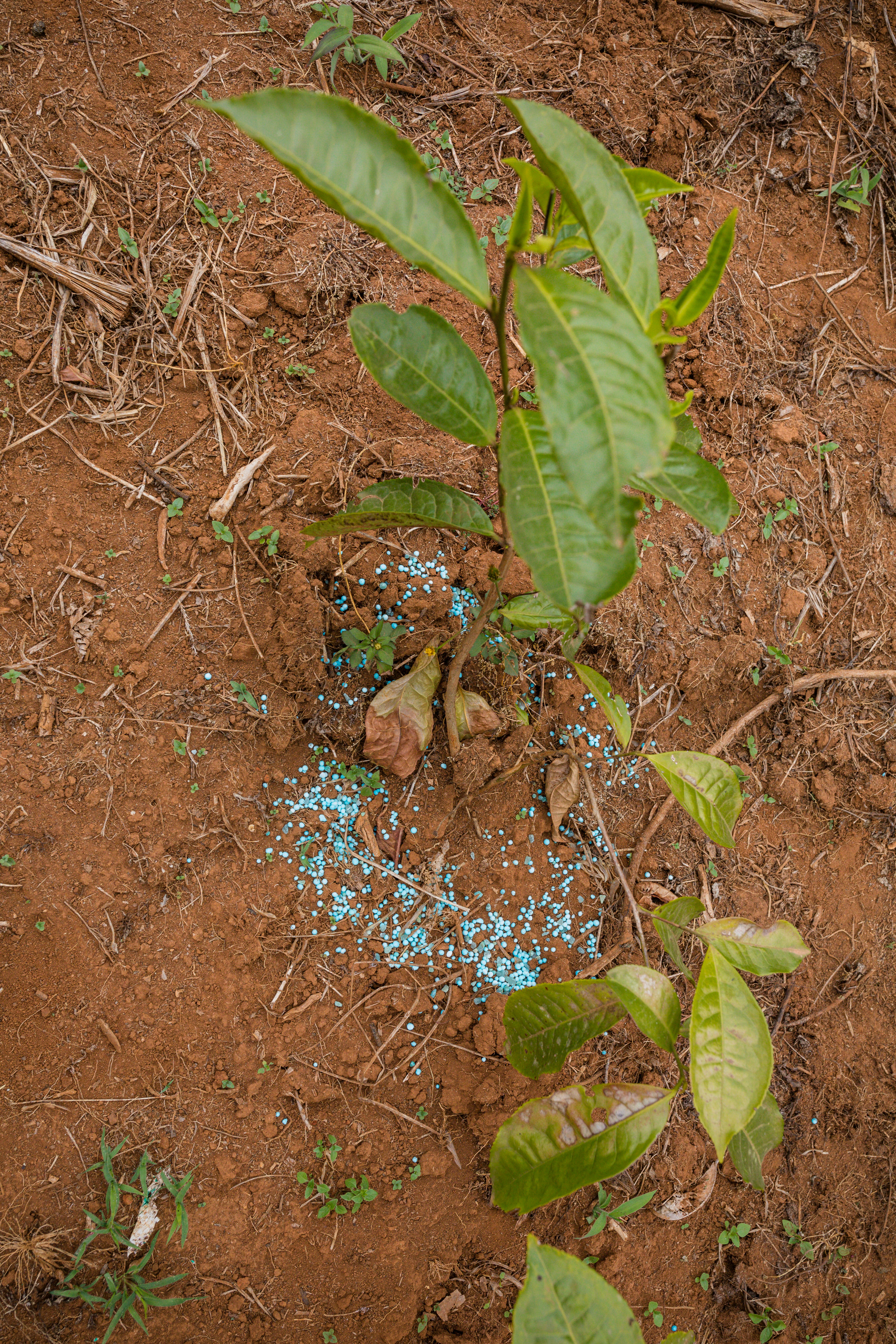

Flower fertilizers are essential for promoting vibrant blooms and ensuring healthy growth in flowering plants. These fertilizers come in various forms, each with unique characteristics that cater to different gardening needs. The primary types of flower fertilizers include granular, liquid, and slow-release options. Granular fertilizers are solid particles that can be spread on the soil surface or mixed into the soil. They gradually dissolve, releasing nutrients over time, which makes them a popular choice for many gardeners. Liquid fertilizers, on the other hand, are easily absorbed by plants and provide a quick nutrient boost. They are especially useful for addressing immediate deficiencies and ensuring fast results.
Another important category is slow-release fertilizers, which is designed to provide a continuous supply of nutrients over an extended period. This type is particularly advantageous for gardeners who prefer less frequent application and want to provide their flowers with a steady influx of essential nutrients. Each of these fertilizer types plays a critical role in the health and vitality of flowering plants.
The core nutrients that flower fertilizers typically contain include nitrogen (N), phosphorus (P), and potassium (K). Nitrogen is vital for leaf growth and overall plant vigor, phosphorus is crucial for root development and bloom formation, and potassium helps in strengthening the plant’s resistance to disease and improving flowering. Understanding these nutrients’ roles can significantly impact flowering and growth outcomes. Choosing the right fertilizer depends largely on the specific flower variety being cultivated, their growth stages, and prevailing environmental conditions. For instance, certain flowers may require higher phosphorus content during their blooming phase to maximize flower production. Hence, selecting the appropriate fertilizer type and composition is critical in achieving blooming success for garden enthusiasts.
Understanding when and how to apply flower fertilizer is crucial for achieving vibrant and healthy blooms. Timing is often dictated by the flowering season and specific plant requirements. Generally, early spring marks the ideal period to start fertilizing as plants awaken from dormancy. It’s advisable to apply the first dose of fertilizer just before the growing season begins, and again mid-season, depending on the type of flowers being cultivated.
Before applying any fertilizer, it is essential to conduct soil testing. This practice helps identify nutrient deficiencies and pH levels, ensuring that the chosen fertilizer meets the specific needs of the soil. Fertilizer labels provide important information about nutrient composition and recommended application rates, which are critical in formulating a successful fertilization strategy.
Several application methods can be utilized to deliver fertilizer effectively. Top dressing involves spreading granular fertilizer over the soil surface around plants, allowing nutrients to be absorbed as water permeates the soil. Watering-in is another effective technique, where the fertilizer is mixed with water and applied at the plant’s base, promoting nutrient absorption directly into the root zone. Foliar feeding, involving the application of liquid fertilizer directly onto leaf surfaces, can provide a rapid nutrient uptake, particularly in situations where root absorption may be compromised.
While fertilizing can play a significant role in promoting plant health, precautions must be taken to avoid common pitfalls. Over-fertilization can lead to nutrient runoff, affecting not only the plants but also the environment. Following the manufacturer’s guidelines on application rates and scheduling is fundamental to prevent such issues. By adhering to these best practices, gardeners can ensure that their flower gardens flourish with abundant blooms.
Floral health is significantly influenced by the nutritional balance within the soil, and when deficiencies occur, they manifest in various ways. Common symptoms include yellowing leaves, stunted growth, and diminished blooming capacity. For instance, nitrogen deficiency can lead to older leaves turning yellow, while phosphorus shortages may result in dark purplish hues on the leaves, often affecting the plant’s overall vigor and flower production. Additionally, potassium deficiency may present as leaf curling or browning at the edges, underscoring the importance of a balanced fertilizer regimen.
The causes of these nutrient deficiencies are equally important to understand. One primary factor is inadequate fertilizer application, which may stem from improper dosage or frequency of application. Additionally, poor soil health, characterized by low organic matter and acidity, can severely restrict nutrient availability. Environmental stressors, such as extreme temperatures and insufficient watering, can exacerbate these conditions, rendering plants vulnerable to deficiencies.
Correcting nutrient deficiencies is vital for restoring the health of flowering plants. First, evaluating and adjusting fertilization practices is essential; using a balanced fertilizer specifically intended for flowering plants can enhance nutrient uptake. Incorporating organic amendments, such as compost, into the soil can improve its structure and nutrient profile, making it more resilient against deficiencies. Furthermore, utilizing liquid supplements or foliar feeds can provide an immediate source of nutrients directly to the plant, mitigating symptoms rapidly. Regularly monitoring plants for any signs of distress and adapting care practices accordingly can ensure a flourishing garden, showcasing vibrant and healthy blooms.
Fertilizing flower gardens sustainably is crucial for supporting both vibrant blooms and local ecosystems. Traditional chemical fertilizers, while effective in promoting rapid growth, can adversely affect soil health and local wildlife. Therefore, adopting organic alternatives and utilizing natural amendments is essential in nurturing a thriving garden while preserving environmental integrity.
One effective organic option is compost, which enriches the soil with essential nutrients while improving its structure and moisture-retention capacity. Composting not only recycles kitchen scraps but also provides beneficial microorganisms that enhance soil biology. Incorporating well-rotted manure or worm castings can further complement composted materials, supplying plants with a slow but steady release of nutrients that are readily available to flowers.
Another sustainable approach is the use of bone meal, blood meal, or fish emulsion, each serving as natural fertilizers that provide specific nutrients required for flowering plants. These amendments release nutrients gradually, reducing the risk of nutrient runoff into nearby water bodies, thus protecting local aquatic ecosystems. Similarly, the application of mineral-rich rock powders, such as greensand or azomite, can boost soil fertility while sustaining the essential microbial activity vital for maintaining healthy ecosystems.
Moreover, practicing integrated pest management (IPM) allows gardeners to minimize their reliance on chemical pesticides and fertilizers. This method focuses on understanding plant needs and natural predation, thereby promoting biodiversity within the garden. By rotating crops and diversifying plant species, gardeners can enhance soil health and reduce pest populations sustainably.
By employing these eco-friendly fertilization techniques, gardeners contribute to a vibrant and balanced environment. In sum, using organic fertilizers and promoting soil health through sustainable practices not only fosters garden beauty but also protects the surrounding ecosystems, ensuring that future generations can enjoy the artistry of flourishing flower gardens.

